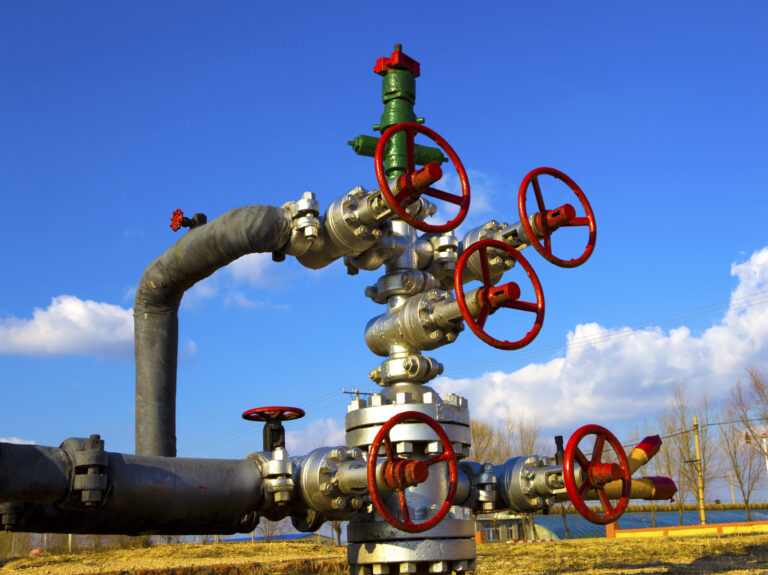Note that today’s commentary comes from a fellow FactSet energy market expert. The commentary may not directly align with the models, assumptions, and forecasts published in BTU Analytics’ reports.
There are dozens of locations around the world where atmospheric greenhouse gas (GHG) levels are recorded and tracked. One of the most well-known measuring sites for CO2 is the National Oceanic and Atmosphere Administration’s (NOAA) Mauna Loa location. Published measurements from the site, collected over the past few decades, have shown a steady increase in atmospheric CO2. May data, which is usually the seasonal peak for the year, is now in hand and indeed set a new record. The vertical lines in the short-term chart below indicate May readings. Also on NOAA’s website is information on other GHG levels, such as methane, nitrous oxide, and sulfur hexaflouride.


Coupled with multiple sets of research done on evidencing ancient GHG levels, NOAA has stitched together how the more recent trend connects to the very long history of atmospheric greenhouse gas levels shown below. Yes, CO2 levels have cycled over time, but the graph’s extension during the past few decades is clearly extra-cyclical relative to history. Major variables thought to have driven the increase in atmospheric CO2 revolve around the Industrial Age and include meaningful population growth and the vast expansion in the use of fossil fuels, namely for power use and transportation.

Parts Per Million
The 1.5 degrees Centigrade (~3 degrees F) global warming increase that is often quoted as a desired limit of increase is directly linked to a ppm (part per million) level of GHGs in the atmosphere. If, for example, it was estimated that 60 more ppm was linked to a global temperature increase of 1.5 degrees C, and if we increased annually by 3 ppm for 10 years, 2 ppm for the following 10 years, and 1 ppm for 10 years before getting to no increase thereafter, then we would have 30 years before reaching the level of ppm where the 1.5 degree increase would be anticipated. However, if GHGs in the atmosphere grew by 3 ppm per year with no decline, then we would reach the implied 1.5 degree increase level in 20 years with expectations of higher temperature changes thereafter, given the trend in CO2 ppm increases.
Tracking the rate of increase, then, would seem to be key for tracking global progress toward zero CO2 increases. The chart below does just that and shows the year-over-year increase in CO2 ppm in blue with a 12-month moving average in red.

The past two years show a slight deceleration in the rate of CO2 increases. While this could be encouraging, it should not distract from three factors that will likely drive a reacceleration over the next year. First, the slowing of global CO2 accumulation is probably an after-effect of the Covid-induced economic slowdown in 2020. Second, the lockdown in China over the past few months may have also led to a temporary decrease in CO2 emissions. And third, there visually appears to be a three-to-five year cycle in the rates of acceleration and deceleration in which we may be at the end of a slowing phase. One could expect that a reversal in these three factors would be enough to cause a reacceleration in the rate of increase over the next couple years.
Of course, this could be offset by CO2 emission reductions though efforts to date don’t seem to add up to being significant enough yet to change the trajectory. It remains to be seen. If we were to experience a global recession, it might temper emission rates and give more time for C02 reduction and elimination efforts to have more of an impact but that, of course, would bring other issues.








